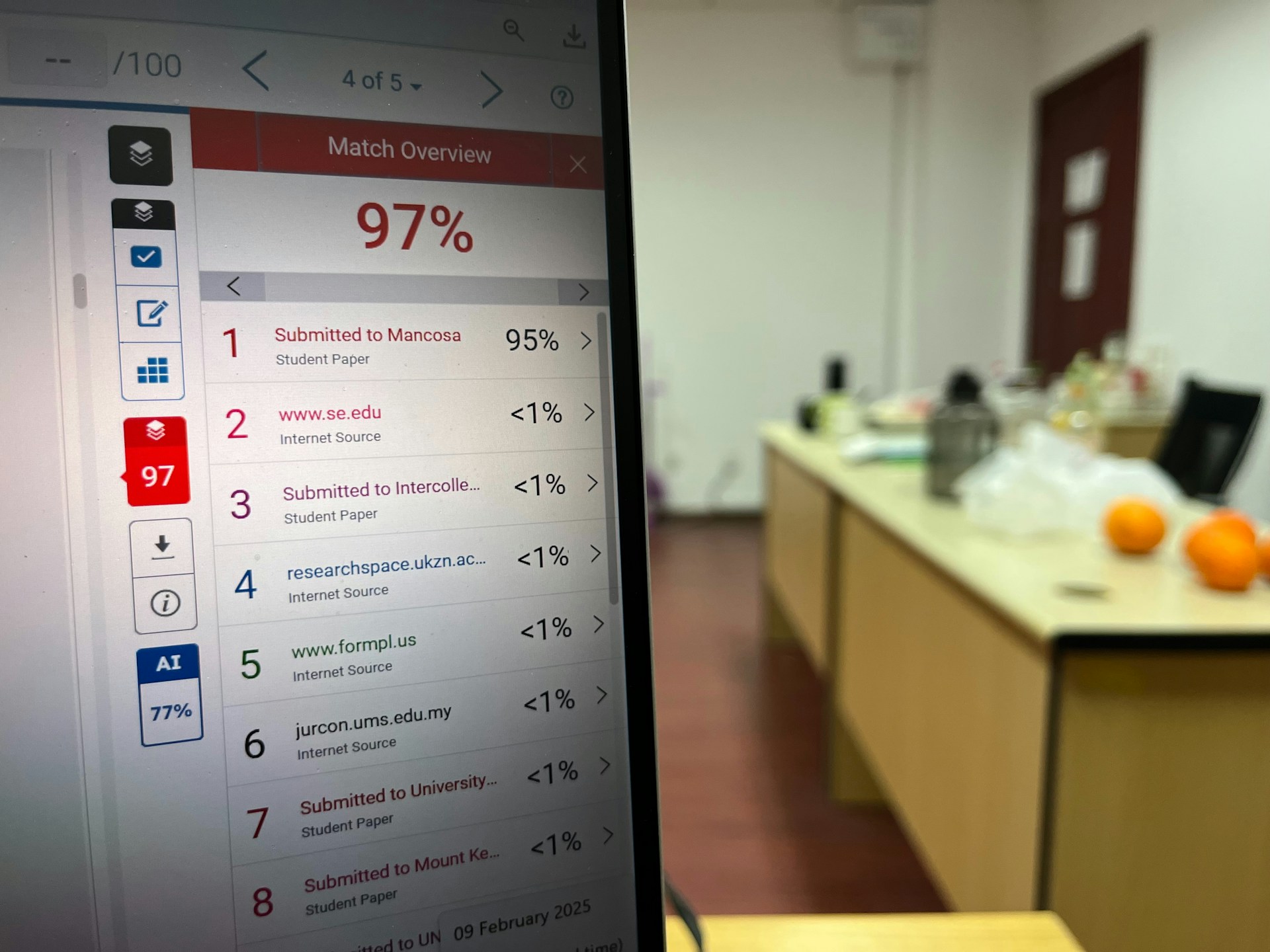The scientific community is taking significant steps toward tackling the persistent issue of research misconduct, including plagiarism, data fabrication, and image manipulation. With the growing recognition of the detrimental impact such misconduct can have on scientific progress, new policies, and advanced tools are being implemented to improve integrity and transparency in research.
Recent efforts by both institutions and publishers aim to not only catch fraudulent work early but also prevent it from entering the academic ecosystem in the first place. From stricter regulations to enhanced detection technologies, these initiatives represent a coordinated approach to combating misconduct that undermines public trust in science.
Stricter Institutional Policies and Oversight
One of the most significant changes has been the introduction of more stringent institutional policies regarding research integrity. Universities and research institutes are adopting more robust frameworks for monitoring research activities, including more thorough vetting processes for funding applications and research proposals. Some institutions are also setting up dedicated units to investigate allegations of misconduct, ensuring a more systematic approach to dealing with issues when they arise.
The European Commission, in particular, has rolled out a new initiative to support greater transparency in research practices. This includes requirements for researchers to make raw data publicly available and mandating that ethical review processes be conducted more rigorously before research begins. Institutions are being encouraged to adopt these measures to create a culture of accountability from the outset of a project.
In the U.S., major research universities are also pushing for stronger academic misconduct policies, with some considering lifetime bans on publishing for researchers found guilty of egregious misconduct. The goal is to send a clear message that integrity is a non-negotiable element of scientific work.
Advanced Detection Tools for Misconduct
On the technological side, academic publishers and organizations are increasingly relying on advanced tools to detect and prevent misconduct. Plagiarism detection software, such as Turnitin and iThenticate, has long been used to identify instances of text duplication, but these tools are evolving to catch more sophisticated forms of academic dishonesty.
For example, some tools now use machine learning algorithms to detect patterns of data manipulation or image duplication, which can be harder to identify through manual checks. These programs not only flag obvious cases of misconduct but can also identify more subtle forms of irregularities that might otherwise go unnoticed. Publishers like Elsevier, Springer Nature, and Wiley have partnered with these technology providers to integrate these tools into their editorial processes, ensuring a higher level of scrutiny for the papers they publish.
The integration of artificial intelligence (AI) into plagiarism detection is also a growing trend. AI-powered tools can compare vast datasets and identify not just copied text but also patterns of citation manipulation, falsified references, and data inconsistencies. These systems are being increasingly adopted by journals and academic institutions as part of their standard review processes.
Collaboration and Education
In addition to policy changes and new technologies, education is a central focus in the fight against scientific misconduct. Many organizations are offering training and resources to researchers to raise awareness of best practices and ethical standards in research. For instance, the Committee on Publication Ethics (COPE) and the World Conference on Research Integrity host workshops and offer guidelines to help researchers navigate complex ethical dilemmas and maintain integrity in their work.
Moreover, there is a growing emphasis on fostering a collaborative culture among institutions, publishers, and the research community. Journals and universities are coming together to share data on cases of misconduct and collaborate on best practices for addressing issues as they arise. The idea is to create a more unified response to misconduct that goes beyond individual cases and works toward long-term cultural change.
A Shift Toward Transparency and Accountability
The new wave of policies and technologies reflects a larger shift in the research world toward greater transparency and accountability. Researchers, institutions, and publishers are recognizing the importance of safeguarding the credibility of science, and these steps are part of a broader effort to uphold the integrity of academic work.
While these new measures will not completely eliminate misconduct, they are a vital part of a growing movement to ensure that scientific knowledge is built on a foundation of trust and ethical rigor. As technology continues to advance, the tools to detect misconduct will only get better, and the penalties for those caught engaging in fraudulent behavior will likely become more severe.
With these steps in place, the hope is that scientific misconduct will become a rarity, and the process of conducting and publishing research will become even more transparent, ethical, and reliable.
